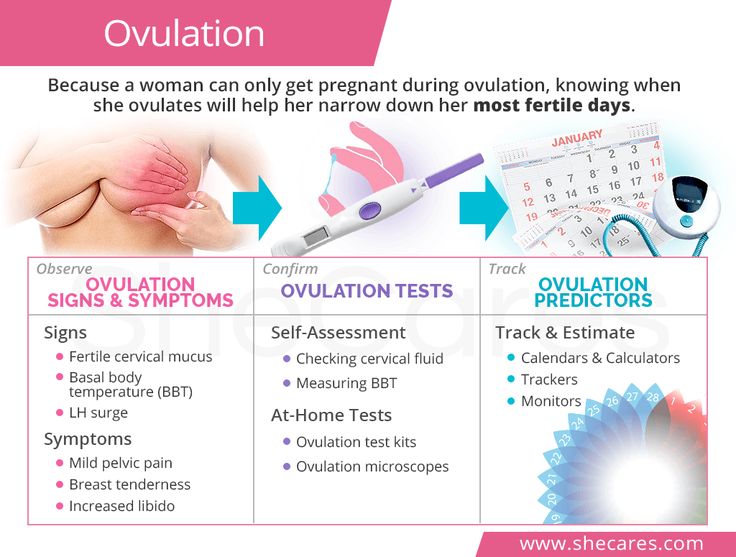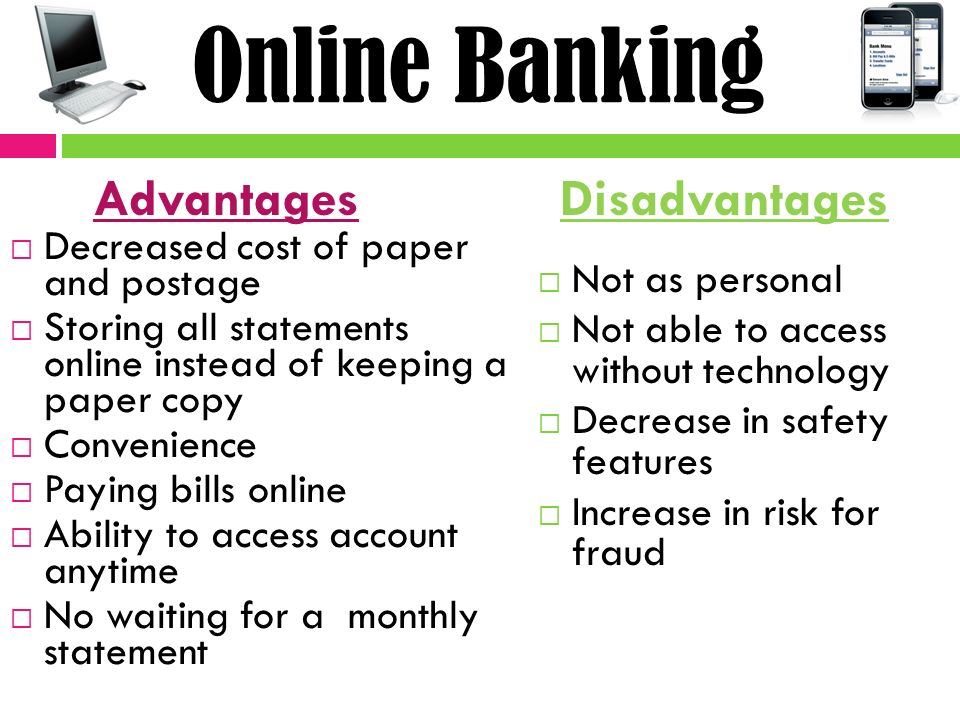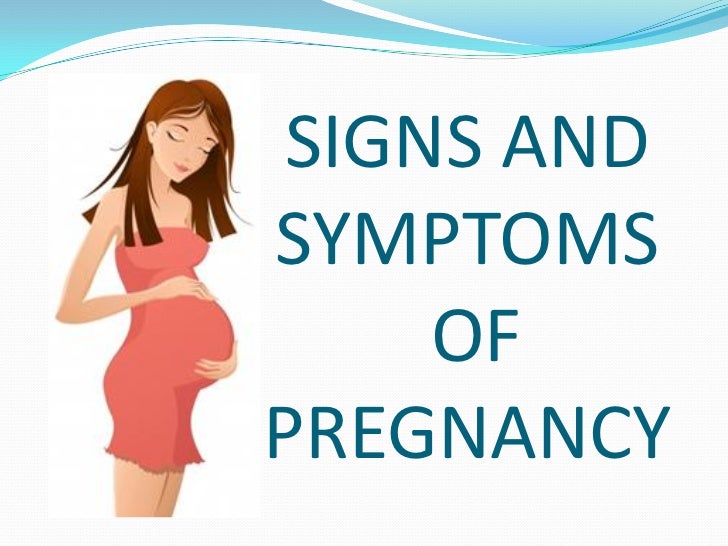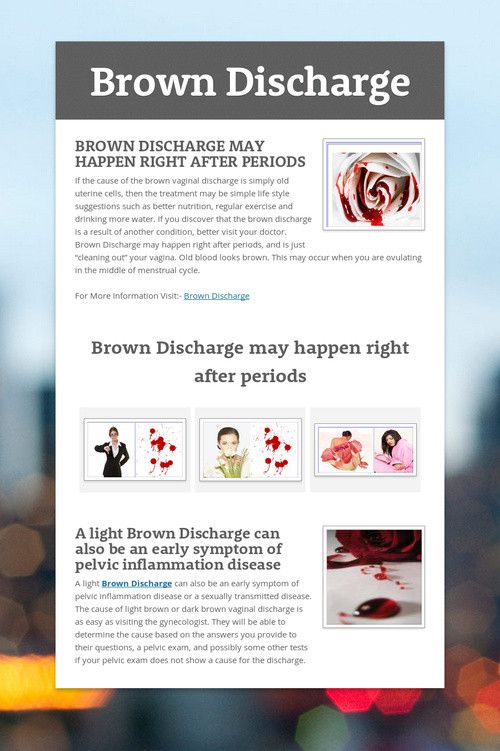Can you ovulate a week after your period
Likelihood, How to Avoid, and More
If you’re like many women, you probably have a love-hate relationship with your period. Trying to figure out when it will come, how long it will last, and if you can get pregnant at this time or that during your cycle can feel like a full-time job — one that requires a degree in biology, no less! But all you really want is to be in charge of when (or if) you become a parent.
If you ovulate regularly (not every woman does), you have a monthly “fertile window” when you’re most able to get pregnant. This fertile window varies from woman to woman and sometimes also — sigh — from month to month.
This can make it hard to know when you’re at your most fertile, which usually — but not always — occurs mid-cycle. This is around day 14, if you have a 28-day cycle.
Some women naturally have a shorter cycle of around 21 days. If this describes you, it’s actually possible — though not likely — that you can conceive during or right after your period.
If you sporadically ovulate early or late, it’s also possible to get pregnant by having sex right before, during, or after menstruation — but again, it’s not probable.
The moral of the story? Always use birth control if you’re trying to avoid pregnancy, even if you have your period. And, if you’re trying to conceive, have sex often, but know when you’re at your most fertile. Knowledge is power!
Here’s how to figure it all out.
Timing in life is pretty much everything, especially when it comes to getting (or not getting!) pregnant. You have a fertile window of around six days each month when you’re most likely to conceive. This includes:
- the five days leading up to ovulation
- the day of ovulation itself
Once it’s released, an egg can be fertilized for up to 24 hours.
Sounds simple enough, right? But in case you didn’t get the memo during sex ed — and lots of us didn’t, because we were too distracted by what our adolescent selves considered the “good stuff” — ovulation can be tricky.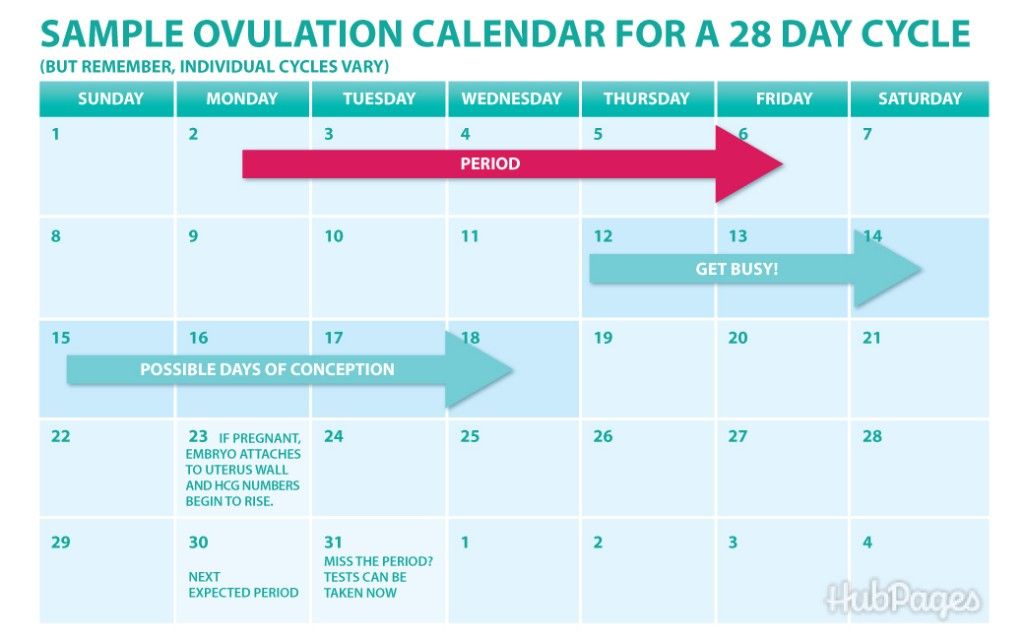
While you’re menstruating, your body is shedding your uterine lining, because a pregnancy didn’t take place last cycle. The hormones needed to sustain pregnancy, like progesterone, are very low at this time. Even so, your body is already gearing up for your next fertile window.
You may have a menstrual cycle that runs like a well-oiled machine, and then suddenly one month, ovulate a few days earlier or later than usual. You may even skip a month.
There are tons of reasons for this. For one, until we figure out how to stop time, your age is changing. Your weight may change, too, causing hormonal fluctuations to occur. Not getting enough zzz’s, or even high levels of stress, may also affect ovulation. Some women have medical conditions, like PCOS, which make ovulation super hard to predict.
Many women typically ovulate around 12 to 14 days after the first day of their last period, but some have a naturally short cycle. They may ovulate as soon as six days or so after the first day of their last period.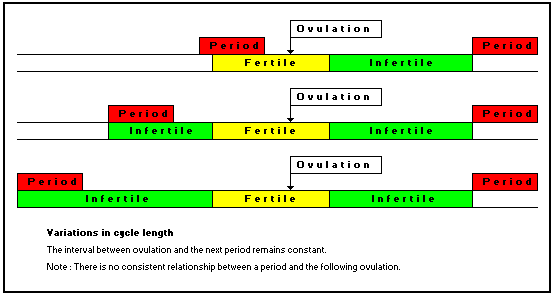
And then, of course, there’s sperm. It turns out those little swimmers can be pretty tricky, too.
After ejaculation, sperm may survive inside your body for up to five whole days, and can fertilize an egg at any time during that window. So even if you weren’t that close to ovulating when you had sexy time, pregnancy can still happen.
As any woman with a calendar and a bunch of best friends will tell you, the amount of days each woman spends menstruating can vary a lot.
Your menstrual flow may start to diminish and lighten in color, or turn brown towards the end of your cycle. It feels and looks like you’re still menstruating, but your body is already gearing up for your next fertile time.
If you have sex towards the end of your period, you may actually be getting close to your fertile window, especially if you have a short cycle. Let’s take a look at the math.
Say you ovulate early, about six days after your period starts. You have sex on the third day of your period.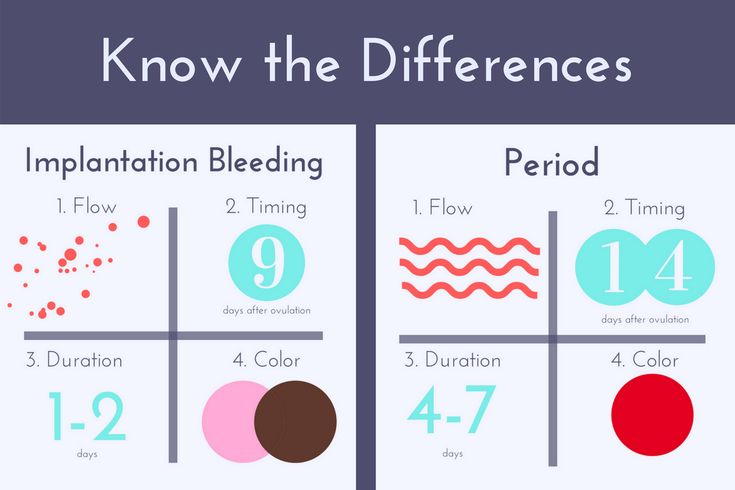 The sperm have no egg to fertilize, but they’re also in no hurry to die — so they hang out, doin’ what sperm do.
The sperm have no egg to fertilize, but they’re also in no hurry to die — so they hang out, doin’ what sperm do.
A few days later, while they’re still swimming around, you ovulate and they’re drawn to that egg like a fish to water. One gets through, and there you have it — fertilization has occurred as a result of period sex.
Many women look forward to having contraception-free sex right after their period ends. It’s true that it’s unlikely you’ll get pregnant a day or two after menstruation stops, but given the lifespan of sperm and the challenges around predicting ovulation exactly — it’s not at all impossible.
This is especially true if you ovulate earlier than you usually do, or if you have a naturally short menstrual cycle of around 21 days.
Keeping in mind that your body is constantly changing, it’s pretty much impossible to ever be 100 percent safe when it comes to avoiding pregnancy, if you’re having unprotected sex.
Your menstrual cycle starts on the first day of your period, and ends on the last day before your next period starts.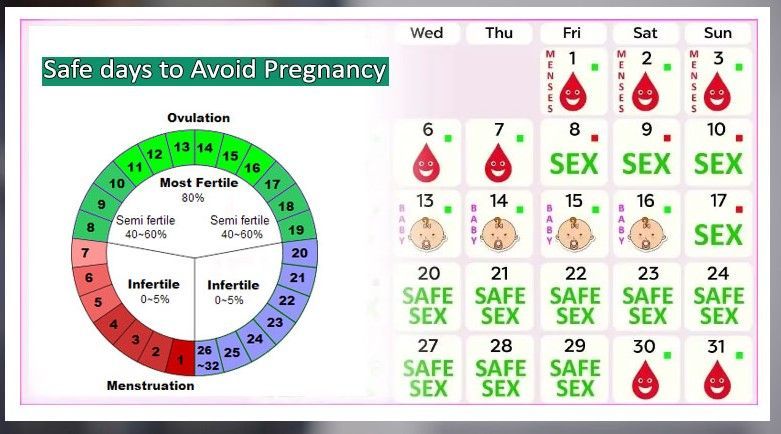 If you have a clockwork menstrual cycle of 28 days, you are at your “safest” — but not totally in the clear —around one week or so after you ovulate. Keep in mind that sperm can continue to live in your body, so if you’ve had unprotected sex, this sort-of-safe window may change.
If you have a clockwork menstrual cycle of 28 days, you are at your “safest” — but not totally in the clear —around one week or so after you ovulate. Keep in mind that sperm can continue to live in your body, so if you’ve had unprotected sex, this sort-of-safe window may change.
If your periods are even the slightest bit irregular, so is your fertile window. And keep in mind that your cycle can change at any time, without giving you a heads up in advance.
If you’re trying to get pregnant, pinpointing ovulation is a vital first step. If you’ve been dutifully baby dancing mid-cycle and haven’t yet gotten pregnant, you may even wonder if you have more irregular ovulation and would benefit from sex during or right after your period.
There are several ways you can try to figure out your ovulation patterns. They include:
At-home ovulation predictor kits. These tests work by detecting LH (luteinizing hormone), which surges 1–2 days before ovulation takes place.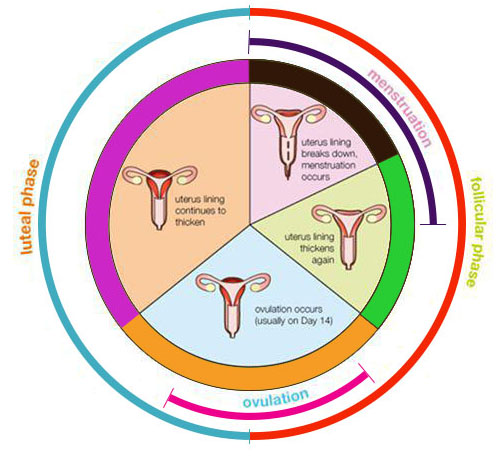 So these kits can tell you when you’re going to ovulate, but they can’t tell you when ovulation has taken place.
So these kits can tell you when you’re going to ovulate, but they can’t tell you when ovulation has taken place.
Progesterone test kits. Some women who have irregular periods, such as those with PCOS, find that using a kit that detects progesterone — the hormone released right after ovulation — is helpful to use in addition to a standard ovulation kit. Determining whether or not your body produced progesterone will help you to know if you ovulated or not.
Fertility apps. Ovulation-tracking apps compile a monthly record of multiple factors, such as basal body temperature and cervical mucus. They can help women with regular periods determine when they’re ovulating. We wish we could put this in neon flashing lights, though: These apps can help you get pregnant, but they’re not birth control and shouldn’t be used to prevent pregnancy.
Tracking basal body temperature (BBT). Using this method as “birth control” has resulted in the birth of many babies.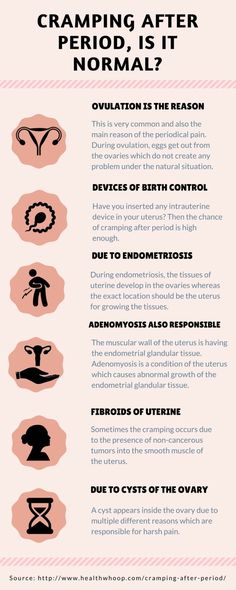 But, when you’re trying to get pregnant, it may be effective in cluing you in to approximately when you ovulate each month.
But, when you’re trying to get pregnant, it may be effective in cluing you in to approximately when you ovulate each month.
To track your BBT, you’ll need a BBT thermometer, designed for this purpose. Take your temperature each morning when you wake up, before you move even an inch. Chart your temperature the same time of day, every day. When you chart a temperature rise of around 0.4°F for three days straight, you probably ovulated.
Remember:
Ovulation is only one factor needed for pregnancy to occur. If you’ve been unable to conceive after one year of unprotected sex and you’re under 35 years old, see a fertility specialist. The same goes if you’re over 35 and have been trying for four to six months.
If you had unprotected sex during or right after your period and wonder if you’re pregnant, the short answer is — you could be. Definitely talk to your doctor or take a home pregnancy test.
You can get pregnant at any time during your cycle. Ovulation timing varies, and sperm are stubborn when it comes to their will to live.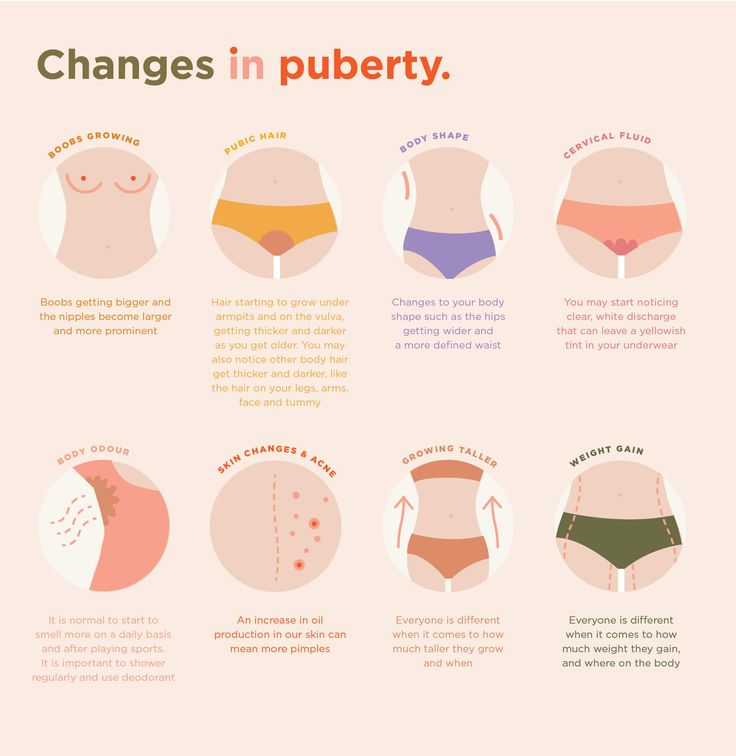 For some women that’s good news and for others, not so much.
For some women that’s good news and for others, not so much.
The answer? Take control. Knowing your body, tracking ovulation, and, if necessary, taking precautions is the best way to get the outcome you want best.
Natural family planning (fertility awareness)
Natural family planning (or "fertility awareness") is a method of contraception where a woman monitors and records different fertility signals during her menstrual cycle to work out when she's likely to get pregnant.
This page briefly explains how it works and what you would need to do, but is not a substitute for instruction and training from a specialist natural family planning teacher.
At a glance: facts about natural family planning
- If natural family planning is followed consistently and correctly, it can be up to 99% effective (1 to 9 women in 100 who use natural family planning will get pregnant in 1 year).
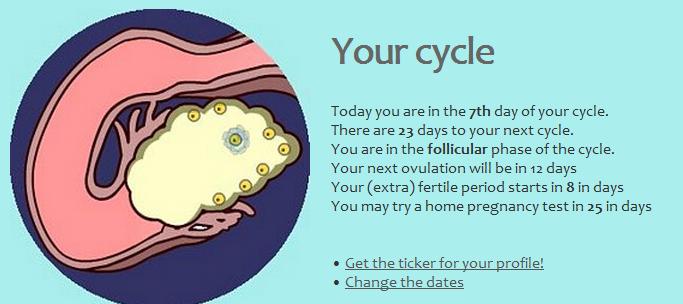
- It is less effective if the instructions are not carefully followed.
- There are no physical side effects, and you can use it to plan when you get pregnant.
- You have to keep a daily record of your fertility signals, such as your temperature and the fluids coming from your cervix – it takes 3 to 6 menstrual (monthly) cycles to learn the method.
- Your fertility signals can be affected by illness, stress and travel.
- If you want to have sex during the time when you might get pregnant, you'll need to use contraception, such as a condom, diaphragm or cap.
- By using condoms as well as natural family planning, you'll help to protect yourself against sexually transmitted infections (STIs).
How natural family planning works
Natural family planning involves identifying the signs and symptoms of fertility during your menstrual cycle so you can plan or avoid pregnancy.
If you're interested in learning natural family planning, make sure you're taught by a qualified fertility awareness teacher. Find a fertility awareness clinic in your local area.
There are 3 different fertility signals you can monitor and record for natural family planning. These are:
- the length of your menstrual cycle
- daily readings of your body temperature
- changes to your cervical secretions (cervical mucus)
It's best to record these measures together to give you a more accurate picture of when you're likely to be most fertile.
You can use fertility charts to record and track your measurements over the course of each menstrual cycle. You can download fertility charts from the Fertility Education and Training site, with information on how to use them.
You can also download smartphone apps to track this information.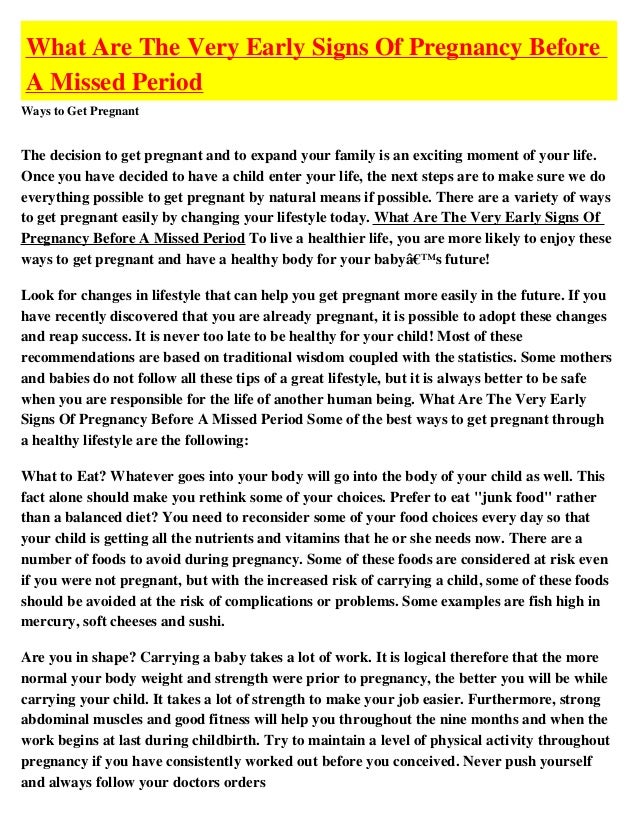
Your menstrual cycle and ovulation
Your menstrual cycle lasts from the first day of your period until the day before your next period starts. This is 28 days on average but longer or shorter cycles, from 21 to 40 days, are normal.
During your cycle, an egg is released from one of your ovaries (ovulation) and travels down the fallopian tube. It is usually released 10-16 days before your next period. Occasionally, a second egg is released, within 24 hours of the first egg.
The egg only lives for a maximum of 24 hours after ovulation, and a sperm must meet the egg within that period for pregnancy to happen.
You can get pregnant up to 2 days after you ovulate. But if you've had sex in the 7 days before ovulation, it's possible to get pregnant because sperm can live inside a woman's body for up to 7 days and fertilise the egg when it's released.
By tracking your cycle, you can calculate when you're most likely to be fertile (able to conceive). But you need to allow for uncertainty over exactly when you ovulate.
But you need to allow for uncertainty over exactly when you ovulate.
The length of a menstrual cycle can vary over time, so to make sure your calculations are as precise as possible, measure your menstrual cycle over the course of 12 months.
The temperature method
The temperature method is used because there's a small rise in body temperature after ovulation.
You'll need to use either a digital thermometer or a thermometer specifically designed for natural family planning. Ear or forehead thermometers are not accurate enough for this.
The temperature method involves taking your temperature every morning before you get out of bed. This should be done before eating, drinking and smoking, and ideally at the same time every morning.
Look out for 3 days in a row when your temperature is higher than all of the previous 6 days. The increase in temperature is very small, usually around 0.2C (0.4F). It's likely that you're no longer fertile at this time.
The increase in temperature is very small, usually around 0.2C (0.4F). It's likely that you're no longer fertile at this time.
Cervical secretion monitoring method
There's a change in the amount and texture of your cervical secretions (cervical mucus) during different times in your menstrual cycle.
You can check this by gently placing your middle finger into your vagina and pushing it up to around your middle knuckle. For the first few days after your period, you'll probably find your vagina is dry and you cannot feel any mucus.
As your hormone levels rise to prepare your body for ovulation, you'll probably find that you start to produce mucus that is moist, sticky, white and creamy. This is the start of the fertile period of your menstrual cycle.
Immediately before ovulation the mucus will get wetter, clearer and slippery – a bit like raw egg white.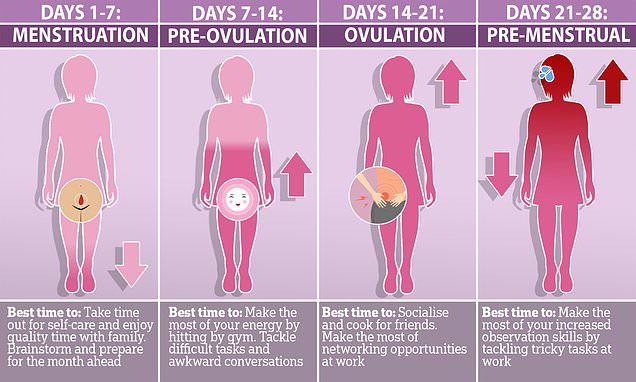 This is when you're at your most fertile.
This is when you're at your most fertile.
The mucus should then soon return to being thicker and sticky, and after 3 days you should no longer be fertile.
How effective is natural family planning?
If natural family planning instructions are carefully followed, this method can be up to 99% effective. This means that 1 to 9 women in 100 who use natural family planning correctly will get pregnant.
But if natural family planning methods are not quite followed correctly, more women will get pregnant. It takes commitment and practice to use natural family planning effectively.
Who can use natural family planning
Most women can use natural family planning. However, certain situations can affect fertility signs and you might want to consider a different method if:
- there could be a health risk to the baby if you got pregnant
- you're having irregular periods
- you have a short or long-term condition affecting your fertility signs, such as a sexually transmitted infection (STI) or pelvic inflammatory disease
- you're taking a medication that disrupts production of cervical mucus (ask your GP or a pharmacist if you're not sure)
- you've recently stopped taking hormonal contraception
- you've recently had a miscarriage or abortion
- you've recently given birth and are breastfeeding
- you regularly travel through different time zones
- you have a vaginal infection such as thrush or an STI, or you're at increased risk of getting an STI
- you're not able to take your temperature in the recommended way
- you're a heavy drinker
Advantages:
- It does not cause any side effects.

- Natural family planning is acceptable to all faiths and cultures.
- Most women can use natural family planning, as long as they're properly trained by a fertility awareness teacher.
- Once you've learned the techniques, there should be no further need for input from health professionals.
- Natural family planning can be used either to avoid pregnancy or to become pregnant.
- It does not involve chemicals or physical products.
- It can help you recognise normal and abnormal vaginal secretions, so you can be aware of possible infection.
- It involves your partner in the process, which can help increase feelings of closeness and trust.
Disadvantages:
- Natural family planning does not protect against STIs such as chlamydia or HIV.
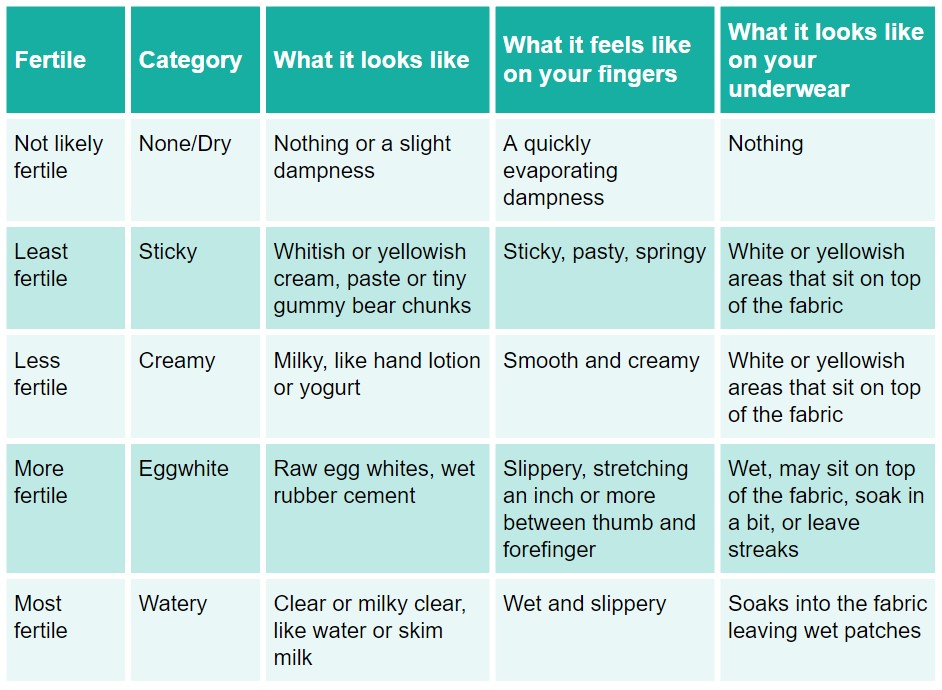
- You'll need to avoid sex, or use contraception such as condoms, during the time you might get pregnant, which some couples can find difficult.
- If you decide to abstain, there can sometimes be up to 16 days during which you cannot have sex, depending on your cycle.
- It can be much less effective than other methods of contraception if the methods are not followed accurately.
- It will not work without continued commitment and practice.
- It can take several menstrual cycles before you become confident in identifying your fertile time. During this time, you'll have to use barrier contraception, such as condoms.
- You'll need to keep a daily record of your fertility signs.
- It's not suitable for every woman.
- Stress, illness, travel, lifestyle and hormonal treatments can disrupt your fertility signs.

- If you use the emergency contraceptive pill, you'll need to wait for 2 complete cycles before relying on natural family planning again.
Lactational amenorrhoea method (LAM)
You're unlikely to have any periods if you breastfeed exclusively (give your baby breast milk only) and your baby is under 6 months old. Because of this, some women use breastfeeding as a form of natural contraception. This is known as the lactational amenorrhoea method (LAM).
When used correctly and consistently, less than 2 in 100 women who use LAM will get pregnant in the first 6 months. However, take care to use the method correctly. Do not feed your baby other foods because this may reduce your lactation.
LAM becomes unreliable when:
- gaps between feeds are longer than 4 hours during the day or longer than 6 hours at night
- other foods or liquids are substituted for breast milk
- your baby reaches 6 months old
- you have a period
After having a baby, it is possible to get pregnant before your periods start again.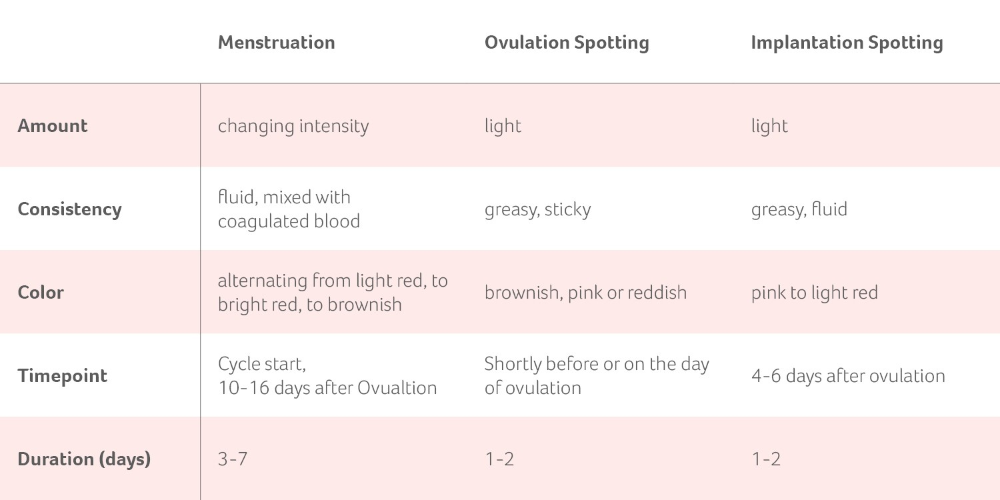 This is because you ovulate around 2 weeks before your period.
This is because you ovulate around 2 weeks before your period.
Read more about LAM from Fertility UK.
Page last reviewed: 13 April 2021
Next review due: 13 April 2024
Periods after periods: causes of intermenstrual bleeding
Menstruation is vaginal bleeding that occurs at the end of the menstrual cycle. Every month, a woman's body prepares for a potential pregnancy. The uterine lining (epithelium) thickens and the ovaries release an egg that can be fertilized by sperm.
If the egg is not fertilized, it means that the pregnancy has not occurred. In this case, the body sheds the thickened uterine epithelium. This causes bleeding, which is called menstruation or menstruation.
Most women have their first period between the ages of 11 and 14 and continue regularly throughout their reproductive years, up to menopause, which occurs on average around age 50.
The average menstrual cycle is about 28 days.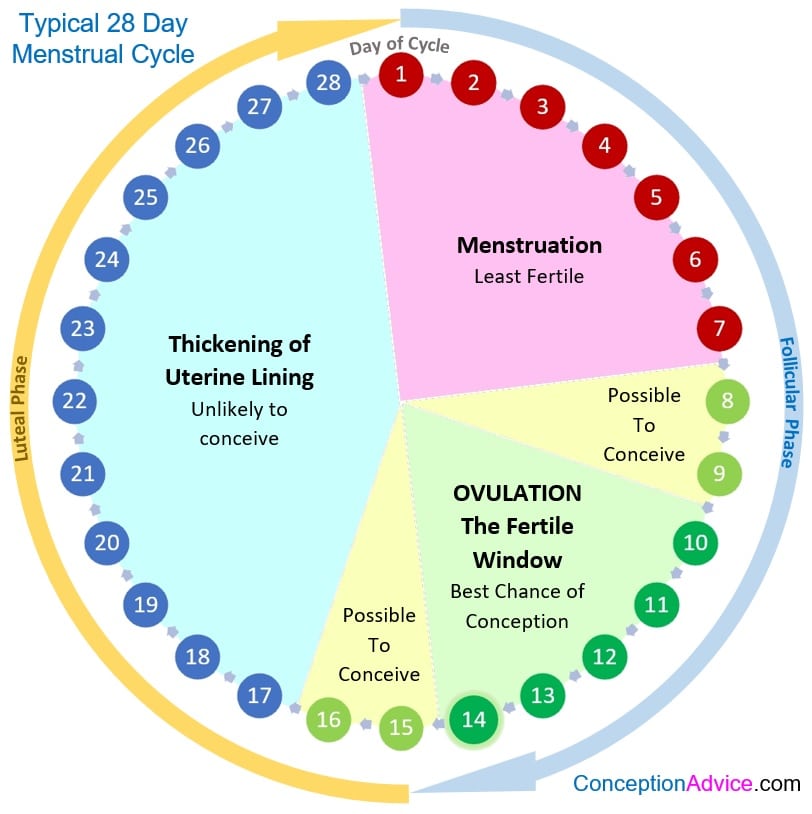 This means that between the first day of menstruation and the first day of the next, about 28 days pass.
This means that between the first day of menstruation and the first day of the next, about 28 days pass.
However, not all women have a cycle of just that many days, it can be from 21 to 35 days and can vary from month to month. The difference up to a week in the length of the cycle in the vast majority of cases is not a sign of pathological processes in the body and is considered a kind of norm.
The duration of menstruation is also different for different women and can vary from month to month. Usually it is 2-7 days. Most often, in the first days of the cycle, bleeding is stronger and weakens over time, ending with spotting.
Intermenstrual bleeding
Intermenstrual bleeding is any vaginal bleeding that occurs between two periods (after the end of the cycle or before the expected period).
Usually this bleeding is either scanty dark brown spotting or slightly more profuse red.
Such bleeding may occur either from the uterus or from the cervix, vagina.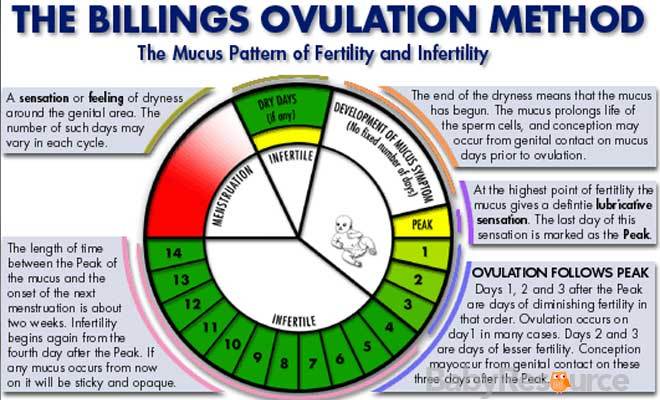 Most often, more abundant spotting is associated with the uterus.
Most often, more abundant spotting is associated with the uterus.
It is very important to understand the difference between menstruation and intermenstrual bleeding.
-
Menstruation—heavier bleeding that can soak a pad or tampon completely
-
Intermenstrual vaginal bleeding is scanty, not enough to soak a pad. Such bleeding is usually called spotting.
Of course, this division is rather arbitrary, because for many women in the last days of the cycle, bleeding becomes spotting, so do not worry if such bleeding occurs in the period about a couple of days before or after the start of menstruation - they should be considered part of the menstruation . However, such highlights should also be noted. To do this, you can use a regular calendar or our special application.
Most women experience this type of discharge between periods at least once in their lives.
Vaginal bleeding between periods can have many causes, most of which are harmless, but can sometimes be associated with serious problems that require medical attention. If you notice unusual spotting between cycles, it's worth visiting your doctor to determine the cause.
Hormonal changes
The menstrual cycle is regulated by the hormones progesterone and estrogen. A change in their level can cause intermenstrual bleeding. The level of these hormones during the cycle is not constant and can additionally change for a variety of reasons:
- taking hormonal oral contraceptives and emergency contraceptives
- ovarian dysfunction
- thyroid dysfunction
Many women experience slight bleeding during ovulation due to the rupture of the follicle and the release of the egg from the ovary. They are absolutely normal. Ovulation usually occurs around day 14 of the cycle, and bleeding usually does not last longer than a couple of hours.
It is also normal to bleed a little during the first few months of taking oral contraceptives (OCs). Try to take your pills at the same time every day, this can help as even a few hours difference can cause fluctuating hormone levels.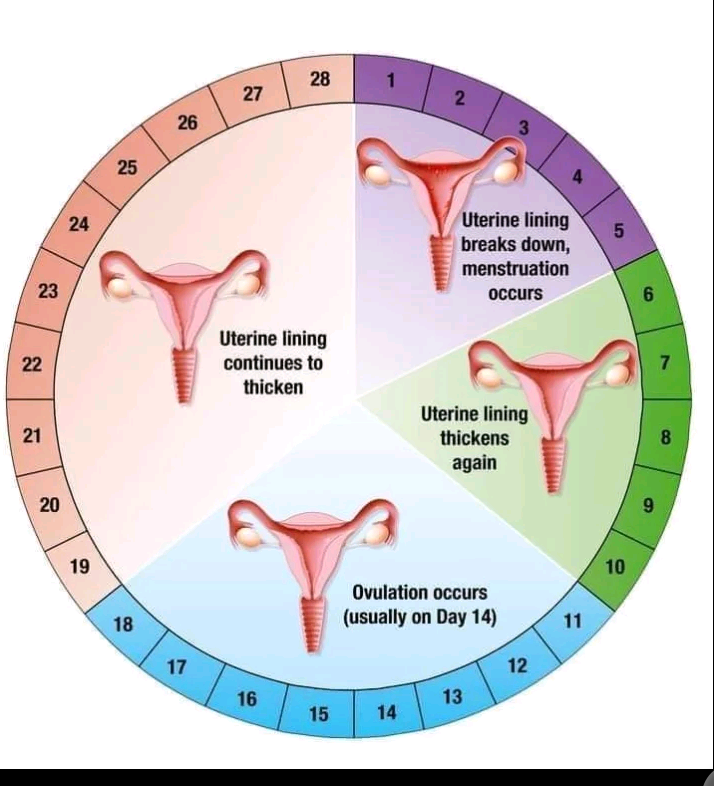 If such bleeding does not go away after 3 months after the start of the intake, then you should consult a doctor.
If such bleeding does not go away after 3 months after the start of the intake, then you should consult a doctor.
Infections
Infections of the reproductive system may cause intervaginal bleeding and inflammation.
Causes of infection can be:
- vaginal douching
- sexually transmitted infections (STIs), such as chlamydia
- consequences of trauma after penetrative sex
- inflammatory diseases of the pelvic organs
Pregnancy
Approximately 25% of women in the early stages of pregnancy (at 5-8 weeks, that is, after 1-4 weeks of the expected date of the onset of menstruation) have spotting, which does not affect its further development and is normal. Also, sometimes a little bleeding can occur for 5-7 days after fertilization. Usually such discharge is light brown or pink.
But since any bloody discharge during this period can be symptoms of potentially dangerous conditions not only for the fetus, but also for the woman, in this case it is necessary to consult a doctor immediately, and if the bleeding is severe, then call an ambulance.
Such bleeding may also be a sign of an ectopic pregnancy, which can lead to death if left untreated.
Injury or injury
If the tissues of the vagina are damaged or there is a wound on them, this can cause bleeding. Most often, women get such injuries during penetrative sex. The chances that this can happen are especially high if the vagina is dry, so if you feel uncomfortable during sex, you need to ask your partner to stop and use additional lubricant next time. Vaginal dryness can be caused by a number of reasons: changes in hormone levels, lack of arousal, or even diabetes.
Other diseases and health conditions
Unfortunately, although in most cases intermenstrual bleeding is not a cause for concern and is associated with quite common causes (eg ovulation), sometimes it can be a symptom of other health conditions that require medical attention. This symptom is typical for: polycystic ovaries, polyps and fibroids, as well as for some types of cancer (cervix and uterus). Please remember that in order to monitor these conditions, it is necessary to take a Pap test at the gynecologist every 3 years.
Please remember that in order to monitor these conditions, it is necessary to take a Pap test at the gynecologist every 3 years.
It is very important to keep track of the length and characteristics of your cycle, including the spotting that occurs between them. Usually, such discharge between periods is not a cause for concern and does not require medical intervention and immediate medical attention, but if they are repeated for several cycles and are not associated with ovulation, you still need to go to the gynecologist to clarify the reason.
Seek immediate medical attention if:
-You are pregnant or suspect you may be pregnant
- If the bleeding is profuse and accompanied by other symptoms (nausea, dizziness, severe pain) and is not early menstruation
Phases of menstruation and the effect of hormones on them. Clinic of Dr. Shatalov "Med-L" in Likino-Dulyovo
After the first menstruation in the female body, a cycle is established, which on average lasts about 28 days.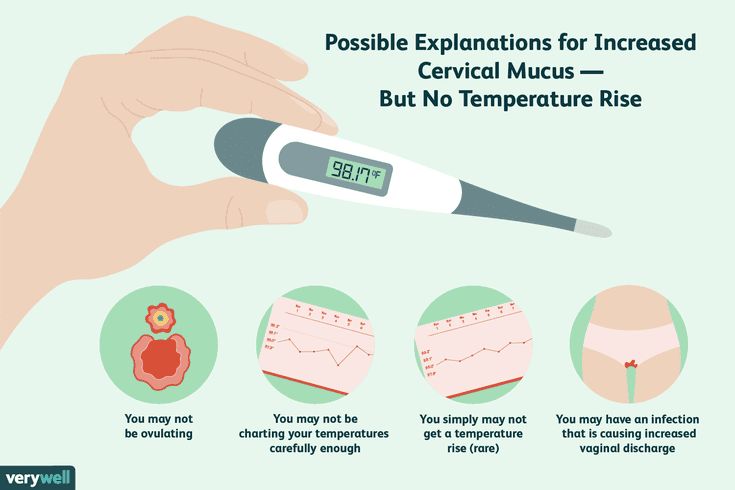
The cycle of ovulation and menstruation is part of the life of any woman of reproductive age. Normally, it can last from 21 to 35 days, and all the processes that occur during this period in a woman's body are conditionally divided into several phases.
- Menstrual phase . Period lasting from 3 to 6 days - bleeding from the uterus. At this time, rejection of the mucous membrane (endometrium) occurs. When pregnancy occurs, a fertilized egg is attached to the endometrium.
- Follicular phase . It starts at the same time as menstruation, but lasts a little longer - on average, 14 days. At this time, the follicle matures in the ovaries, in which, in turn, a new egg will mature. The restoration of the endometrium in the uterus also begins.
- Ovulatory phase . This period lasts about three days and during this time the follicle ruptures - an egg ready for fertilization comes out of it. This process is called ovulation and can cause mild pain in the lower abdomen.
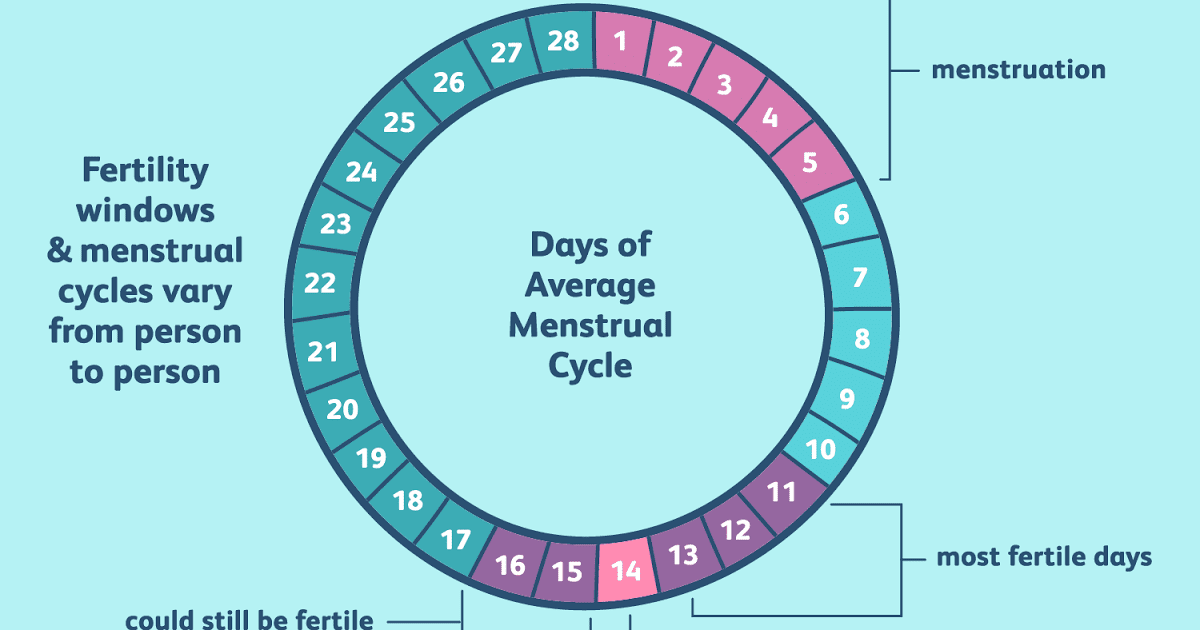
- Luteal phase . Duration - from 11 to 16 days. At this time, there is an active production of hormones (estrogen and progesterone), which prepare the body for pregnancy. During this phase, there is often a phenomenon such as PMS - premenstrual syndrome.
PMS is a complex of symptoms that are associated with changes in the hormonal background of a woman. For example, they include: swelling of the mammary glands, pain in the lower abdomen, mood changes and increased appetite.
The main hormones during menstruation can be called follicle-stimulating and luteinizing. Both of them provide the production of progesterone and estrogen. These active substances play an extremely important role in a woman's body, so if you have menstrual irregularities or suspected pathology of the reproductive system, you should take a hormone test. It allows you to identify uterine fibroids, polycystic ovaries and even infertility.
In case of any difficulties with conception , as a rule, the gynecologist refers the patient to the study of hormones. For diagnosis, it is necessary to know their “healthy” concentration at different segments of the cycle - based on these data and test results, the doctor can make a diagnosis and prescribe a specific therapy.
For diagnosis, it is necessary to know their “healthy” concentration at different segments of the cycle - based on these data and test results, the doctor can make a diagnosis and prescribe a specific therapy.
Hormones during the menstrual phase.
Tests are taken 3-5 days after the onset of menstrual bleeding
- Follicle-stimulating FSH
- luteinizing hormone LH
- free testosterone
- estradiol
- dehydroepiandrosterone sulfate
- prolactin
- androstenedione
- sex hormone binding protein
- thyroid hormones: TSH, T4 free, AT to TPO
Hormones in the luteal phase.
Tests are taken on the 20th-22nd day of the menstrual cycle
- prolactin
- prohysterone
It is also necessary to do an ultrasound of the pelvic organs on the 5th-7th day of the menstrual cycle.
Folliculometry 3-4 times during 1 menstrual cycle.